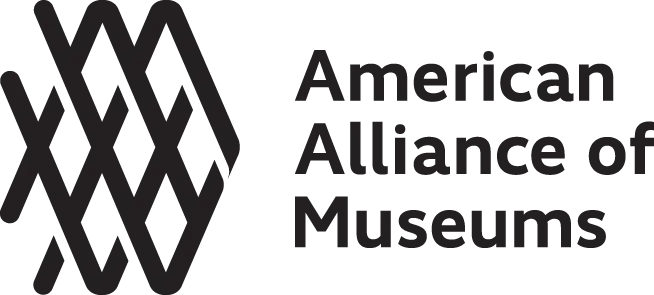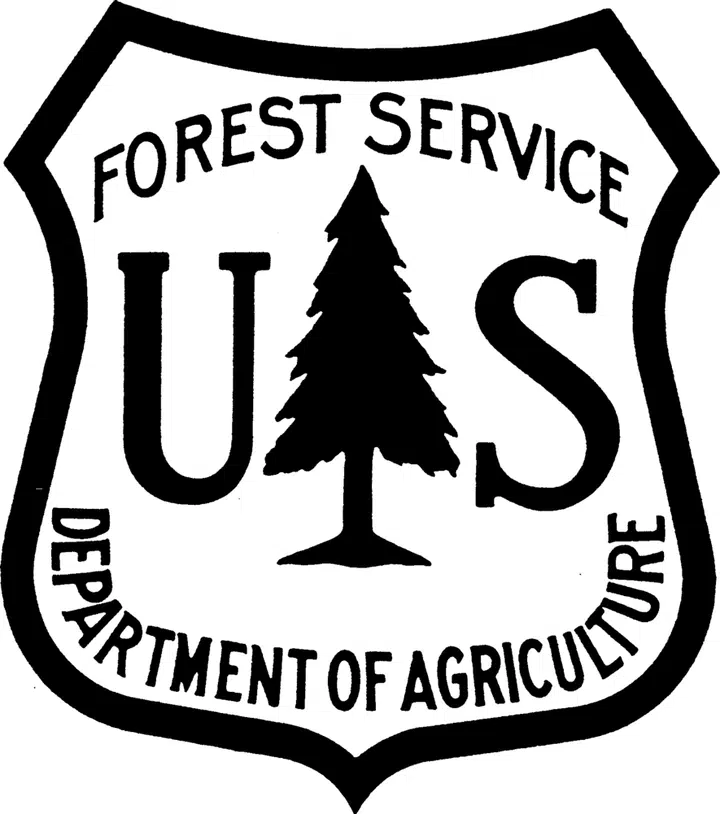
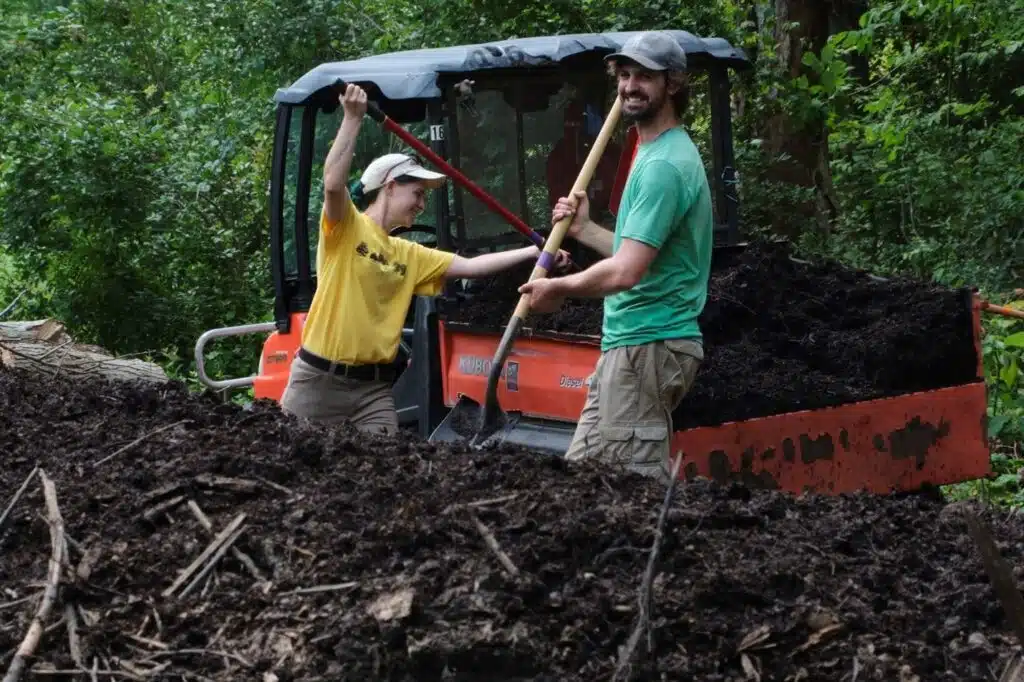
If you’ve spent any time wandering the Arboretum in the last four months, you’ve likely seen piles of sticks and logs in the Core Natural Areas site in between the Hedge Collection and the Shelter House. That deconstructed hügelkultur mound—a concept described in Hannah Goulder’s April 2023 HF&G blog post, “Hügelkultur in the Core Natural Areas”—is now 95% complete.
Since April, we’ve cut down more trees and spent a lot of time exercising our artistic muscles as we played Tetris with logs.
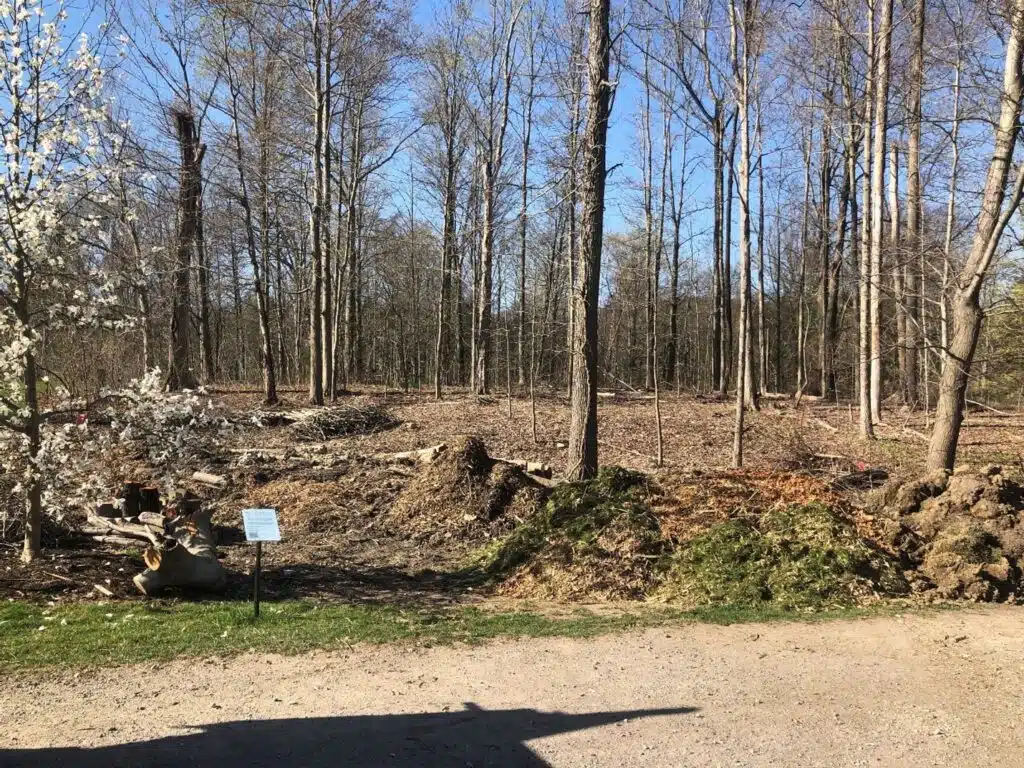
In all, seven dump-truck loads of soil were used to finish the mound. Most of this soil was lovingly crafted by Ricky Wilson, one of our veteran maintenance workers. Using the knowledge from his agricultural background, he knew the up-to-20-year-old decomposed compost at our Sperry Road dump—made from large piles of herbaceous horticultural waste—mixed with pulverized hard-pack fill dirt and woodchips, would be the perfect starter mix for our nursery stock. Several inches of this mix were also layered between each of the mound’s log layers.

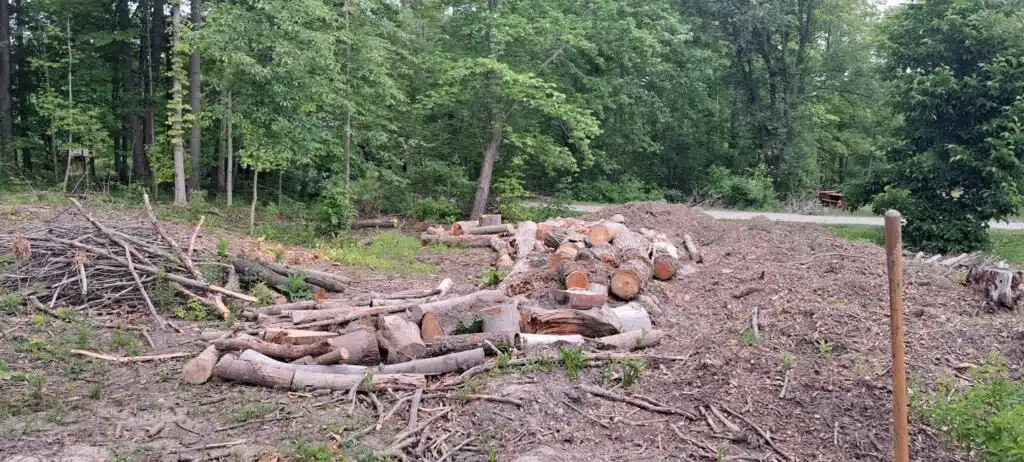



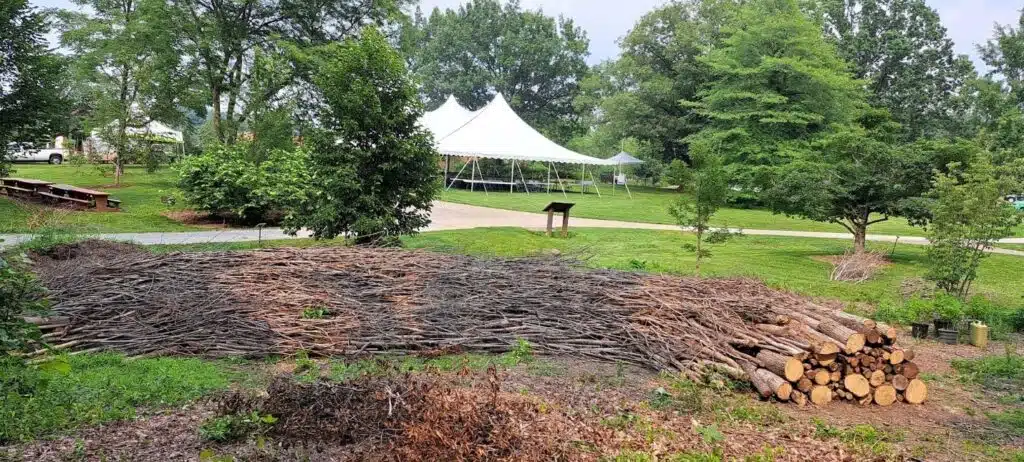
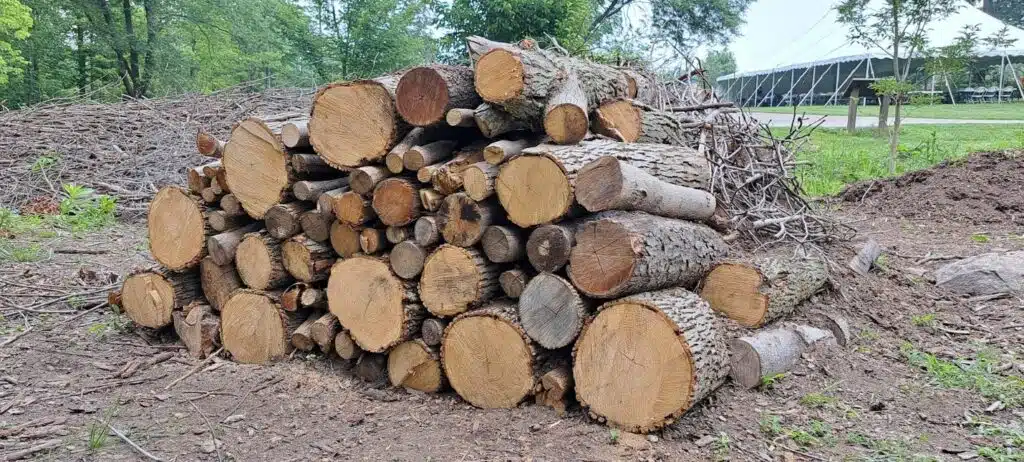
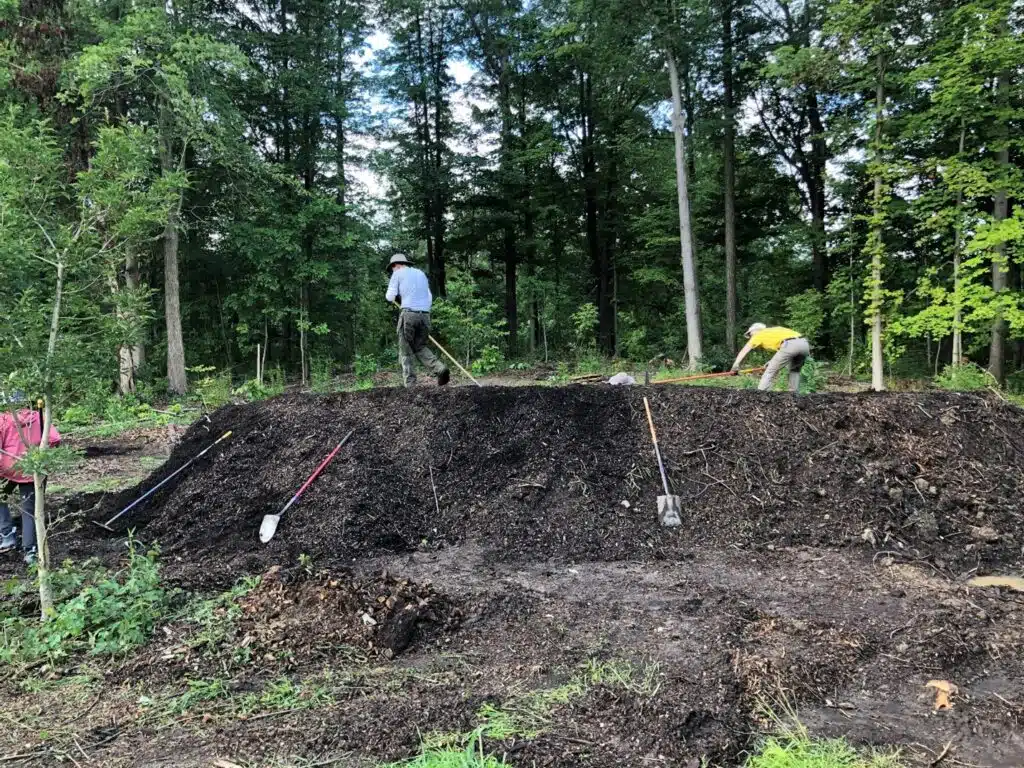
Eventually, this hügelkultur bed will function as an onsite nursery space where wild collected seeds can grow and acclimate to actual conditions of the site before being planted throughout the other core natural areas. Some things we’re considering planting next year include hazelnut hybrids, native plums, Jerusalem artichokes, and other tough natives that can replace the areas where invasives have recently filled.
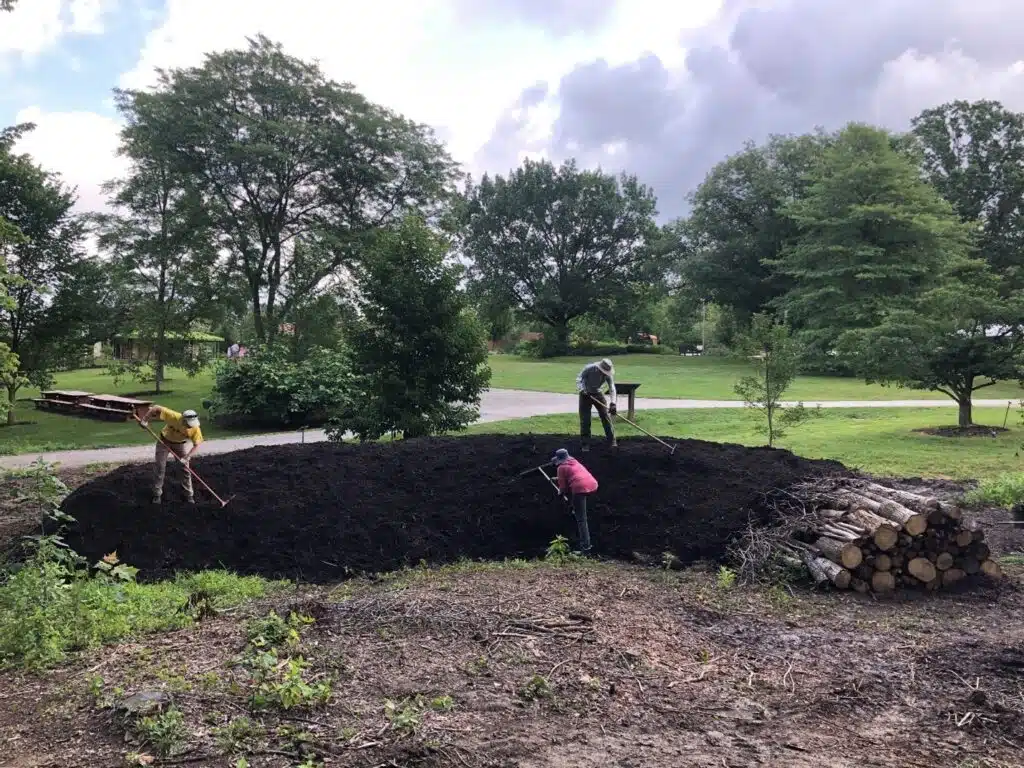
But, this year, keep an eye out for a display of sunflowers and pumpkins in the fall of 2023!
If you missed our first blog about Hügelkultur, you can read it here!
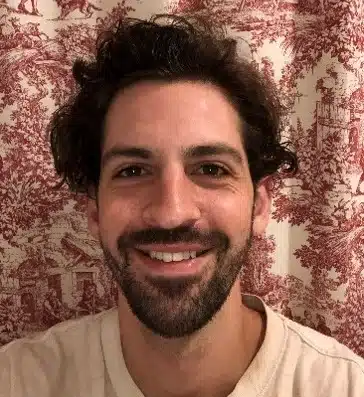
Rob Maganja
Horticulturalist
Rob Maganja is the Core Natural Areas Conservation Horticulturist. He manages invasives species within these 30+ acres of sites, as well as throughout the 300-acre horticultural core of HF&G’s Arboretum. He looks forward to the day that the sites are bona fide food forests. He’s also excited to work on the Arboretum’s brand-new Ohio EPA-funded composting facility.









